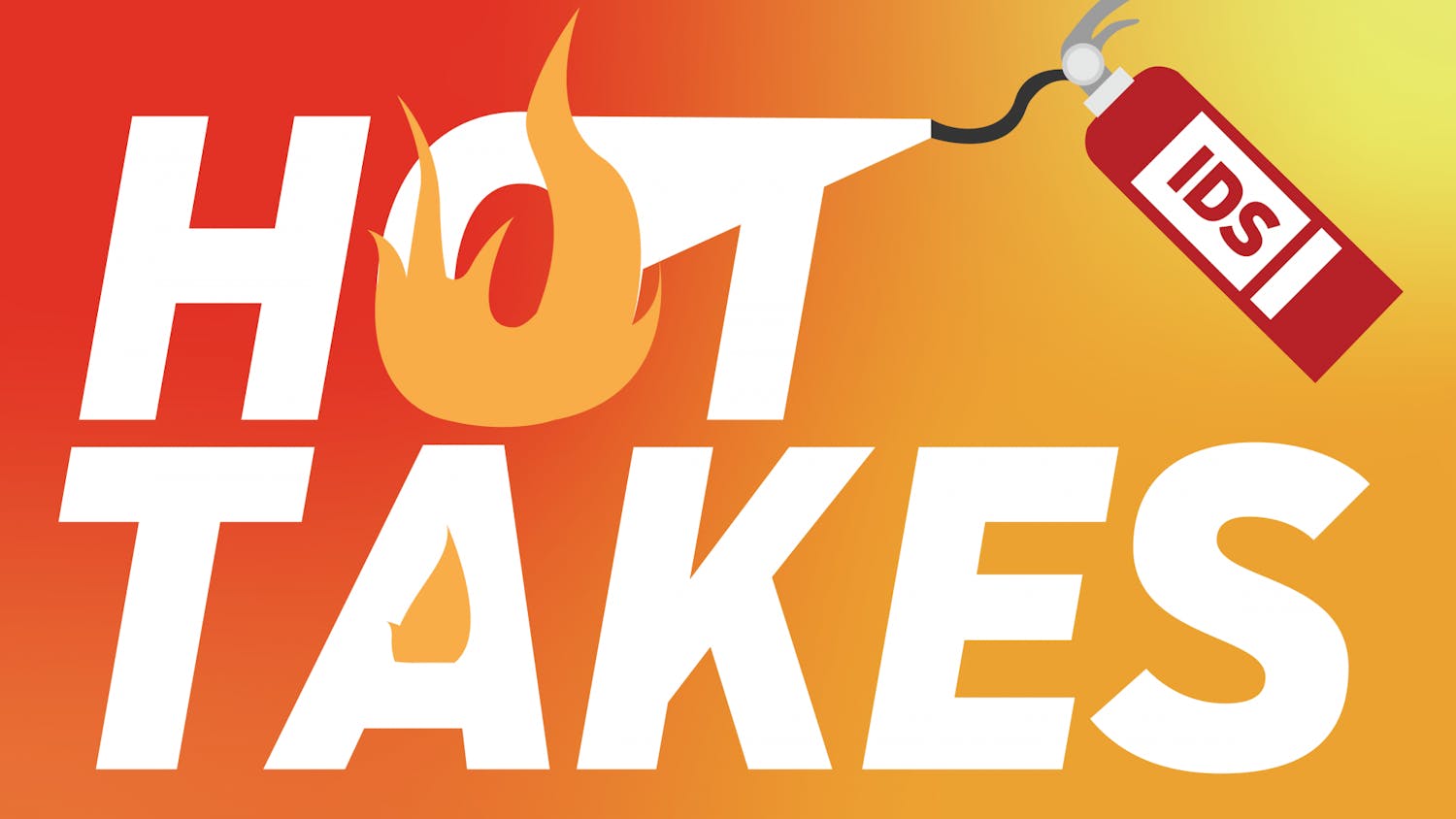Servers are over two times more likely to live below the poverty line than other workers, earning a median hourly wage of $10.11 including tips. Women, Black and Latinx servers earn upwards of 50 cents less per hour.
In an effort to provide a living wage, Switchyard Brewing Company enacted a no-tipping policy. They decided to start servers at a wage of $15 per hour with an increase to $18 per hour over a three-month period.
The no-tipping policy defends servers’ dignity by challenging the notion that they are second-class employees who need the threat of bringing home a mere $2.13 per hour to do their job well. Servers are no less deserving of a living wage than your local teacher or nurse.
Tipped employees are paid a minimum wage of $2.13 per hour in addition to their tips. The subminimum wage has remained at $2.13 since 1991. Employers are required to pay the difference if the employee does not earn minimum wage when including their tips. A 2012 report from the Department of Labor revealed 84% of investigated restaurants violated wage laws, including nearly 1,200 violations of laws requiring tipped workers to earn the minimum wage.
I worked as a server in high school, but I had the privilege of working to supplement my parents’ financial support. I was not the sole provider nor was I left to cover my own costs of living. I quickly learned that my nightly income was subject to a number of variables: the weather, the day of the week, the quality of the food — which I had no control over — whether my assigned section included enough tables to fit large groups and the most unpredictable factor, the customer.
My coworkers often left their shift unsure if they could afford child care for the week because it was a slow night at the restaurant.
The two-tier wage system is built on the notion that good service should be recognized by good tips. But more often than not, the tip is a reflection of the bill and not the service. A study from Cornell University reviewed data involving more than 2,600 dining parties across 21 restaurants and found that less than 2% of the variation in tips could be attributed to high service ratings. Instead, the total bill is the single largest predictor of tip size.
More importantly, the two-tier wage system perpetuates the belief that servers are inferior and should be held at the mercy of customers. Their boss is not only the restaurant owner, but the hundreds of customers they encounter every week who have an even greater influence on their income.
Tipping is an outdated form of compensation rooted in classism and discriminatory practices, many of which persist today.
Tipping began in Europe during the Middle Ages as an interaction between masters and their servants who received pocket change in exchange for work. The practice moved to the United States around the time of the Civil War and became a popular way to avoid paying formerly enslaved workers. An infamous example is the Pullman Car Company which hired newly freed Black men as porters and paid them a meager wage, forcing them to rely predominantly on tips from white clients.
I remember nights when customers laid dollar bills across the table and every time the server made a mistake, the customer removed a dollar while the server was watching. They might forget to bring ketchup out with the food or perhaps didn’t put an ample amount of ice in the glass. Customers enthusiastically embraced the power dynamic inherent in tipping.
Gender and race also play a role in tipping practices. Black and Latinx servers make less on average than their white counterparts. Women also make less than their male counterparts. Additionally, more than 70% of women working in the food service industry reported sexual harassment on the job. Tipped workers who earn the subminimum wage reported twice the rate of sexual harassment compared to servers who earned a base pay of at least minimum wage. This suggests that when employees rely on tips as their main source of income, they are more likely to tolerate harassment from customers.
As the youngest server in the restaurant, I frequently received comments related to my physical appearance. Some remarks were blunt — the way my butt looked in my jeans or how enjoyable it would be to hug me. Others were only ridden with a sexual undertone. Most comments came from older men dining out alone, leaving me with no intermediary. I faked a smile and continued with my shift because my training emphasized that it was part of the job.
The traditional system of tipping subjects workers to dehumanizing conditions to earn an income that is twice as likely to put them below the poverty line. If more restaurants fail to adopt a no-tipping policy, they might soon face detrimental consequences as servers reach the end of their rope.
Katelyn Balakir (she/her) is a senior studying policy analysis and political science. She is a research coordinator at the Alliance for Citizen Engagement.






